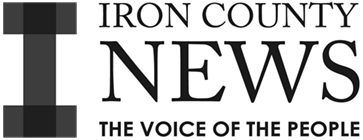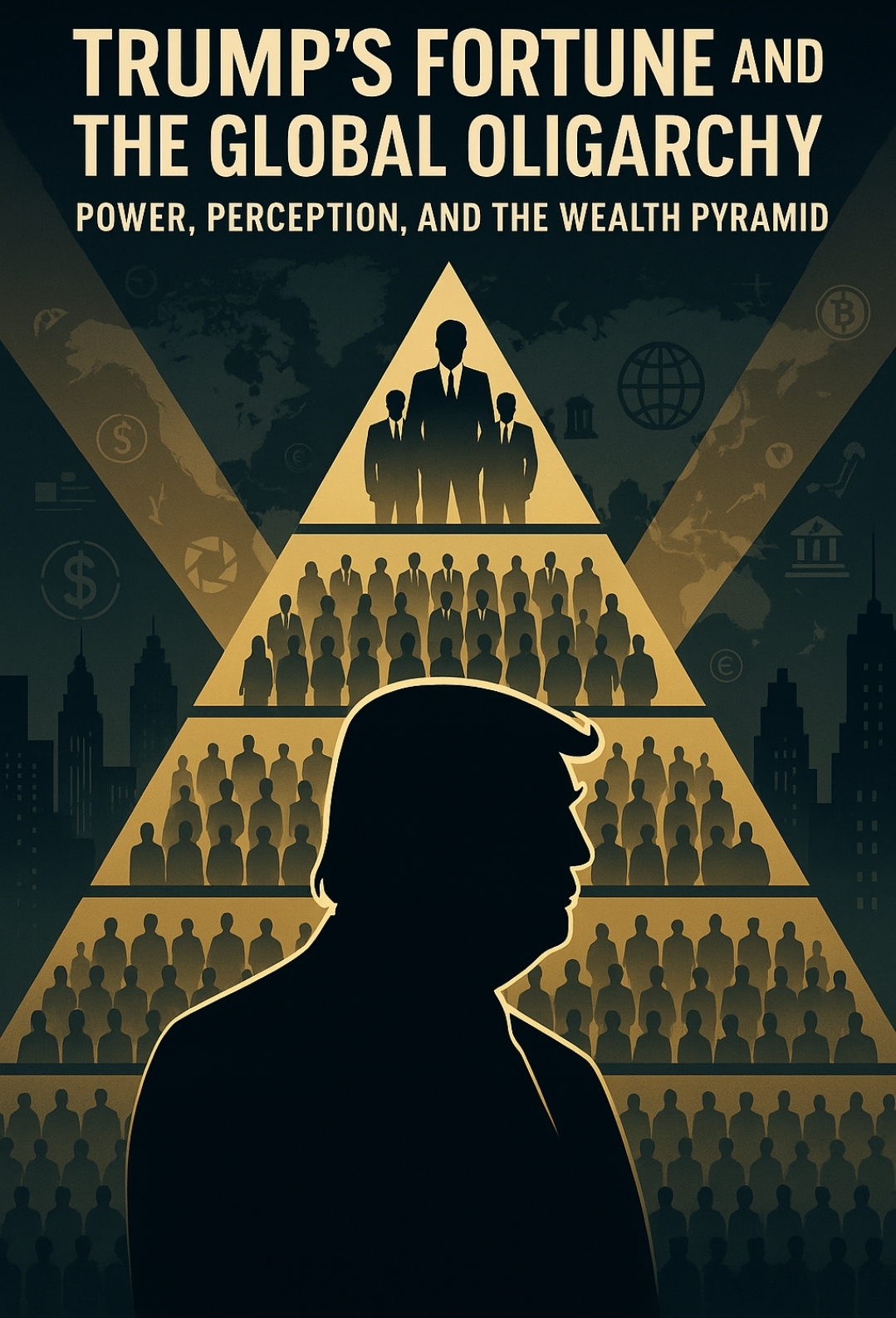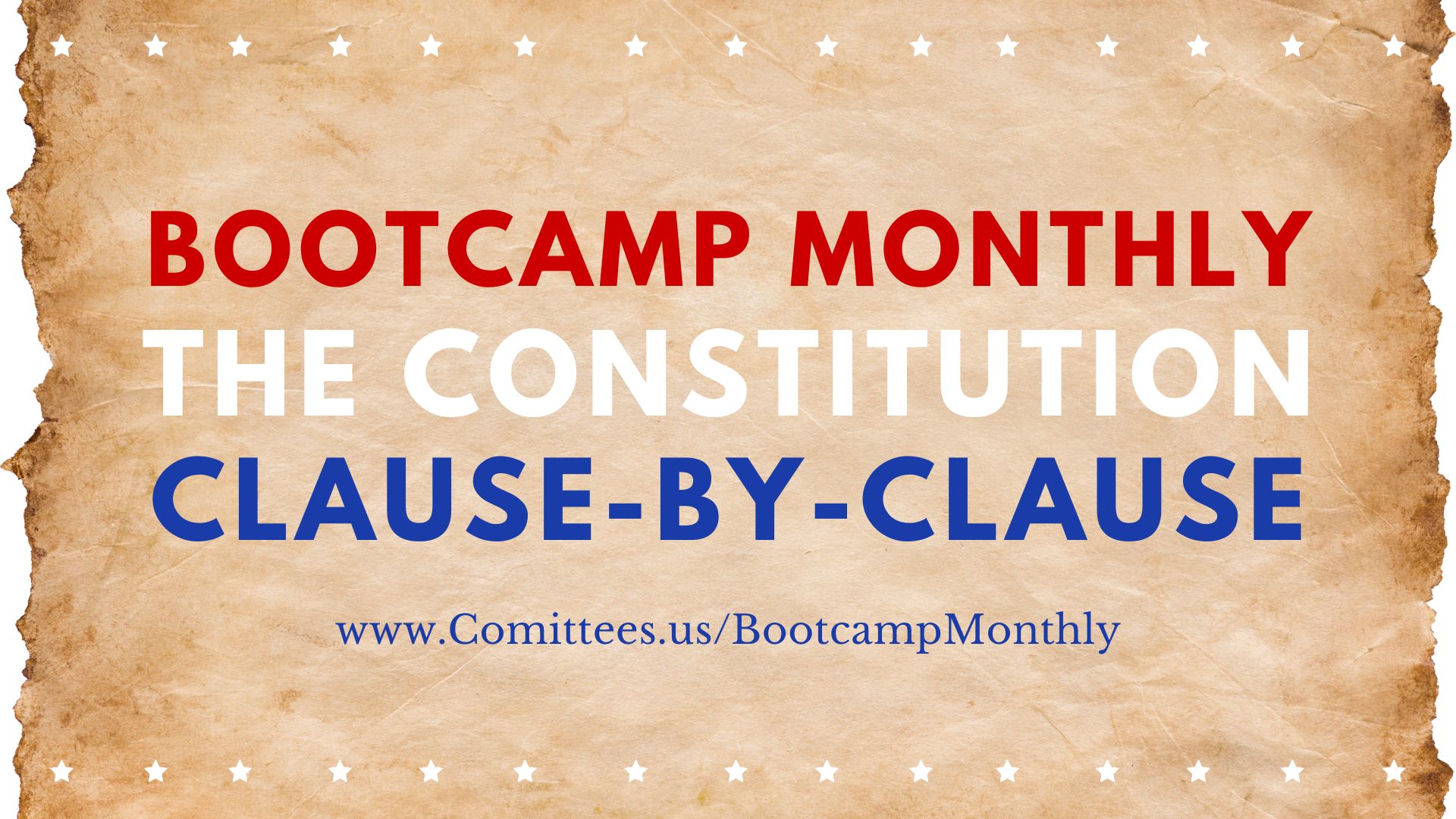Introduction
Donald Trump rose to fame as a brash real estate mogul, reality TV star, and later as the 45th President of the United States. He positioned himself as an outsider—a billionaire populist, railing against “the swamp” and global elites. But where does Trump truly stand in the global pyramid of wealth and power? Does his fortune make him an insider among the world’s oligarchs, or is he merely a wealthy anomaly? Understanding Trump’s position in the global oligarchy is key to decoding both his influence and the realities of power in the 21st century.
Measuring Trump’s Wealth
Trump’s net worth is a subject of ongoing debate:
- Estimates in 2025 place his wealth between $4 billion and $7 billion depending on real estate values, business ventures, and investments in crypto or meme-coin surges.
- Forbes, Bloomberg, and other wealth trackers agree Trump’s fortune places him well above the “1%” threshold—he’s in the top 0.01% of global wealth holders.
- By comparison:
- Elon Musk: $250–400+ billion
- Jeff Bezos, Larry Ellison, Bernard Arnault: $150–200+ billion
- Even among American billionaires, Trump’s wealth is large but not top-tier.
Oligarchy Defined
The oligarchy—literally “rule by the few”—is more than money. It’s about:
- Wealth concentration: Control over assets, industries, and investments that shape entire economies.
- Political power: Direct influence on laws, leadership, and government priorities.
- Cultural/media reach: Ability to set narratives, shape public opinion, and influence what is discussed and what is silenced.
- Transnational networks: Membership in elite clubs, forums, and think tanks that transcend borders (Davos, WEF, Bilderberg, CFR, etc.).
Oligarchs are not just rich; they are systemically important, with levers to influence nations and, often, the global order.
Trump’s Oligarch Profile
Wealth & Assets:
- Trump’s real estate empire spans Manhattan, global luxury hotels, golf courses, and now the booming “Trump brand.”
- He has diversified into entertainment, media, and even cryptocurrencies.
Political Influence:
- As a former president, Trump has held and continues to wield vast political influence.
- His endorsements and statements shape the fortunes of candidates and policies worldwide.
Media Reach:
- Trump’s social media presence and ability to generate news headlines are unmatched. He is a brand unto himself.
Transnational Connections:
- Trump’s decades in real estate brought him into contact with foreign investors, banks, and political figures—many from oligarchic circles in Russia, the Gulf, and beyond.
- He is not a WEF “insider,” but moves in many of the same global networks.
Trump vs. the Ultra-Oligarchs
Scale:
- Trump’s wealth is significant, but he is not in the same league as tech titans or banking dynasties who can personally move markets or reshape industries overnight.
Style:
- Trump is more brash, populist, and media-oriented than the discreet, technocratic image favored by many global oligarchs.
Access:
- As a former U.S. president, Trump has access to classified intelligence, government networks, and levers of power few private citizens enjoy.
Overlap:
- Trump has both clashed and collaborated with members of the global oligarchy—bankers, hedge funds, oil sheikhs, and political power brokers.
- While sometimes marketed as their opponent, in practical terms, he is part of the same elite social and economic strata.
The Oligarchy and the 1%: Trump’s True Status
- Top 1%? Trump is not just a 1-percenter; he is a 0.01-percenter—far above most “rich” Americans or global elites.
- Insider/Outsider? Trump’s “outsider” status is a narrative device. His wealth, access, and networks mark him as an insider—even if he sometimes bucks the “club consensus.”
- Oligarchic Power: His presidency proved that billionaires can use their fortunes not just to influence, but to directly govern—further blurring the line between democracy and oligarchy.
Why It Matters: Oligarchy, Populism, and Perception
The global oligarchy thrives on both competition and collusion. Its members may jockey for power, clash publicly, or back rival parties and causes—but they rarely challenge the system itself. Trump’s populist persona gives many a sense that a true “outsider” is battling the establishment. But his presence, and his personal fortune, underscore a deeper reality:
- The very ability to run for and win high office now often requires oligarch-level resources.
- The interests of billionaires—whether “for the people” or not—inevitably shape political debate, lawmaking, and even cultural identity.
This is the paradox of modern populism: The “champion of the people” is almost always a member of the oligarchic class, whether they claim the label or not.
Conclusion: Trump and the Pyramid
Donald Trump is a member of the global oligarchy—not the supreme ruler, but a major figure in the uppermost echelon. His fortune, fame, and power open doors across the world and make him a pivotal character in the ongoing drama of wealth, influence, and governance.
While his populist branding is genuine to a degree, it is also a product of the very wealth and elite status he critiques. In a world where power is increasingly concentrated at the top, Trump is a symbol—not of rebellion against the oligarchy, but of its evolution.
The lesson?
The real story is not about a lone billionaire “fighting for the people,” but about how wealth, access, and global networks shape what—and who—is possible in our political order.







